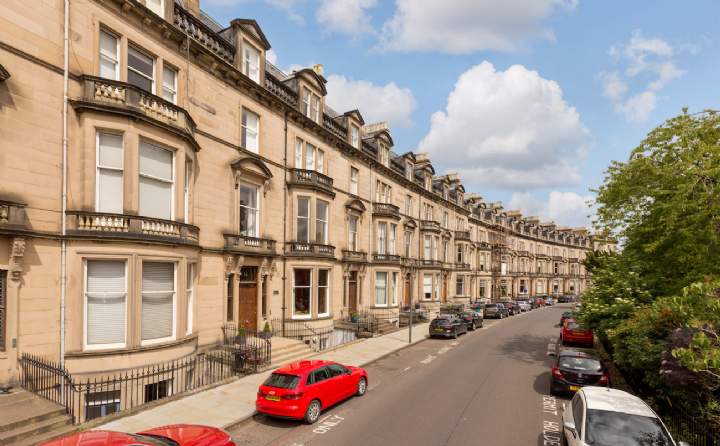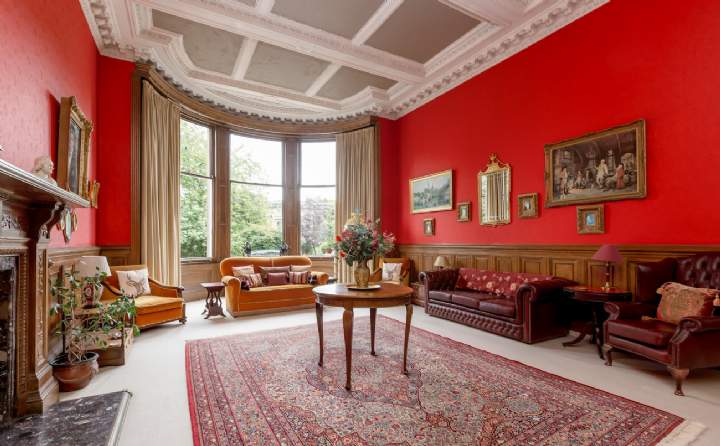There is something rather poetic about a crescent. A sweeping terrace of curved buildings, beautifully arranged into an arc, and often looking out to a garden or public green space, a crescent is a special feature of British architecture.
Many of the crescents that we see today were constructed in the 18th and 19th centuries. Some of the most beautiful examples can be found in London and the Georgian city of Bath, which is home to seven fine examples. Somerset Place, designed in 1790 by architect John Eveleigh, was intended to rival the city’s famous Royal Crescent. It's Grade I listed and the intricate stonework of the central pediment is particularly striking. Fast forward to 1815 and Cavendish Crescent, a relatively short example, designed by John Pinch the Elder, became the last set-piece Georgian terrace to be constructed in the city.
Thanks to a combination of history, location and great beauty, a number of crescents have become landmarks in their own right. Regent’s Crescent in London is one such example. Designed by the famed architect, John Nash, it was originally built in 1820 for the Prince Regent, later George IV. It is now home to a magnificent scheme of Grade I listed new build apartments and garden villas.
Meanwhile, set within Bristol’s prestigious suburb of Clifton, Royal York Crescent is one of the most photographed parts of the city. Reputed to be the longest crescent in Europe, its elevated position affords it some of the most impressive views of Bristol.
Homes at crescent addresses are enduringly popular. Here are some of the finest currently for sale.
.jpg)
.jpg)
.jpg)


(1).jpg)
.jpg)
(1).jpg)
.jpg)
-(1).jpg)
.jpg)


.jpg)
.jpg)
.jpg)
.jpg)
.jpg)
.jpg)
.jpg)
.jpg)
.jpg)
.png)